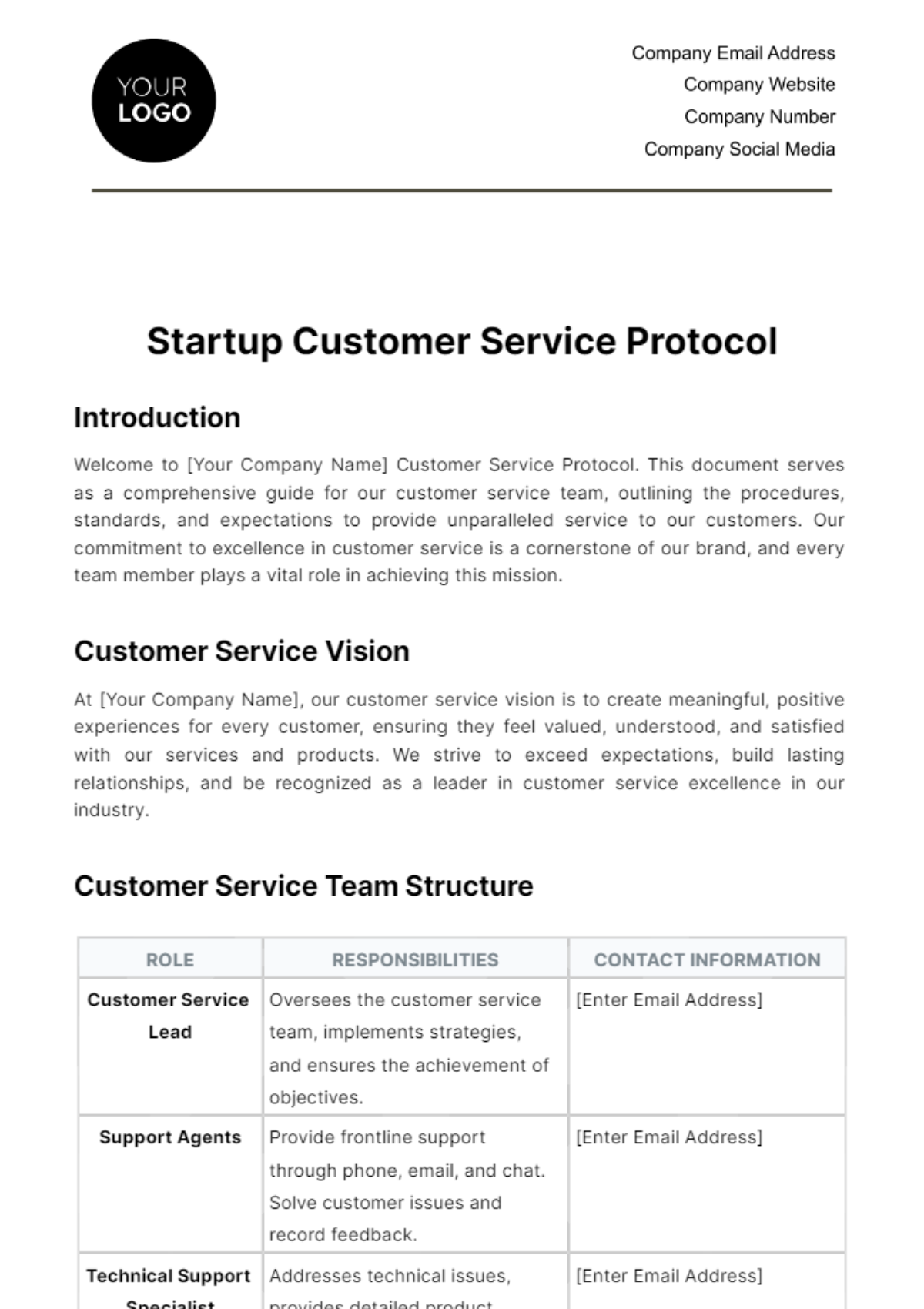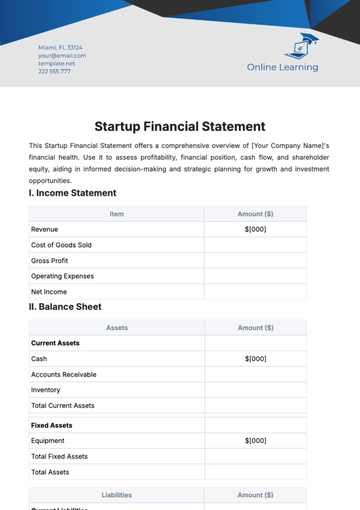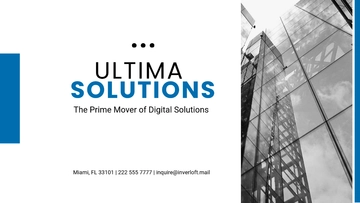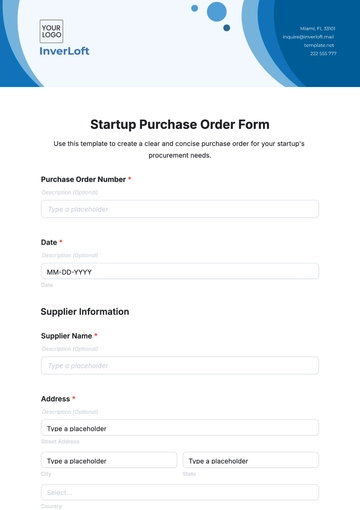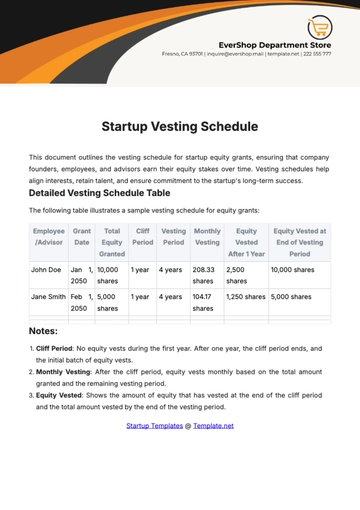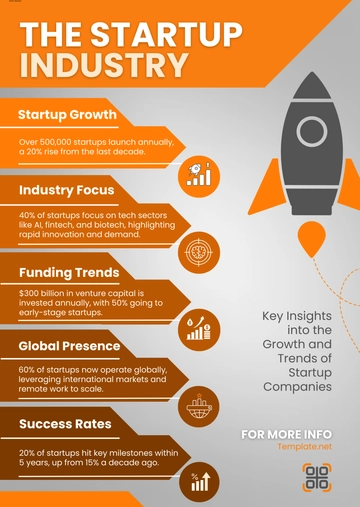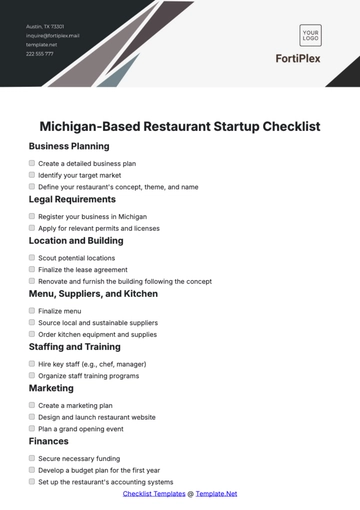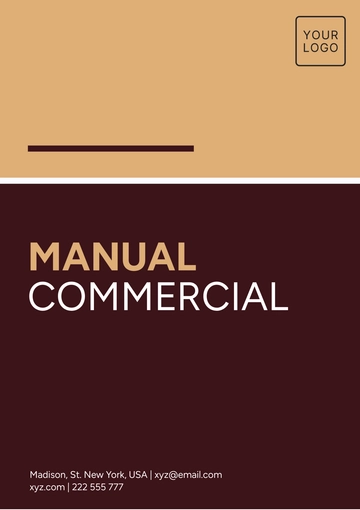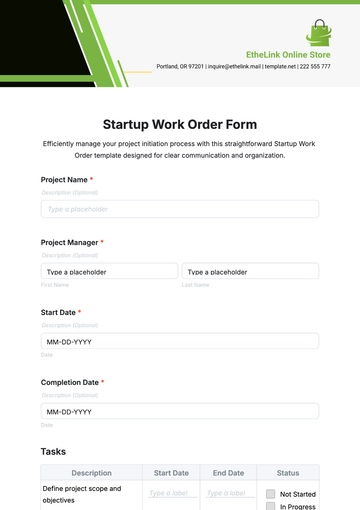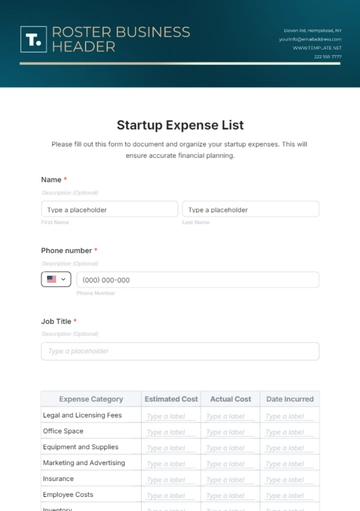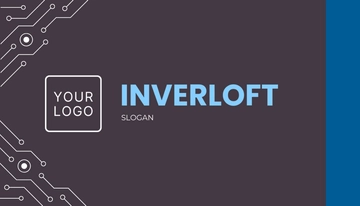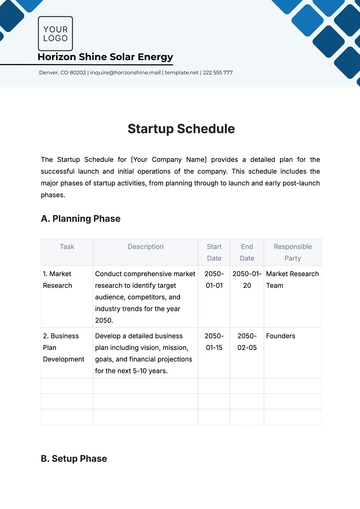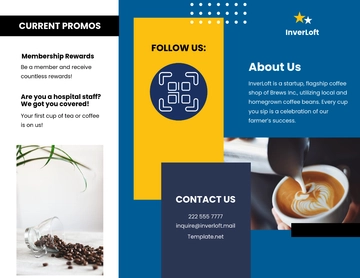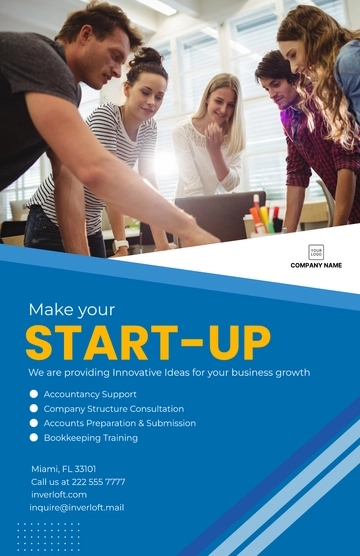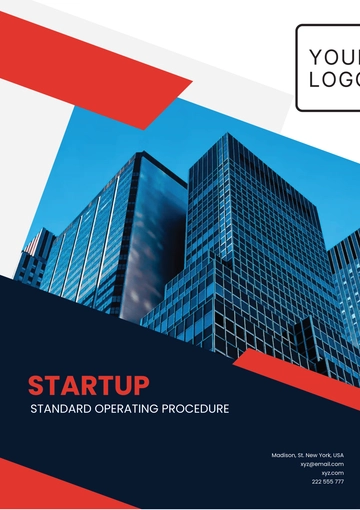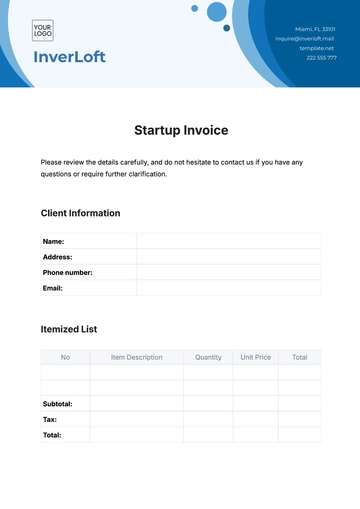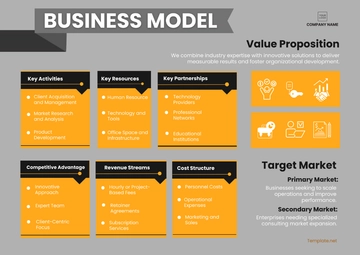Startup Customer Service Protocol
Introduction
Welcome to [Your Company Name] Customer Service Protocol. This document serves as a comprehensive guide for our customer service team, outlining the procedures, standards, and expectations to provide unparalleled service to our customers. Our commitment to excellence in customer service is a cornerstone of our brand, and every team member plays a vital role in achieving this mission.
Customer Service Vision
At [Your Company Name], our customer service vision is to create meaningful, positive experiences for every customer, ensuring they feel valued, understood, and satisfied with our services and products. We strive to exceed expectations, build lasting relationships, and be recognized as a leader in customer service excellence in our industry.
Customer Service Team Structure
ROLE | RESPONSIBILITIES | CONTACT INFORMATION |
|---|
Customer Service Lead | Oversees the customer service team, implements strategies, and ensures the achievement of objectives. | [Enter Email Address] |
Support Agents | Provide frontline support through phone, email, and chat. Solve customer issues and record feedback. | [Enter Email Address] |
Technical Support Specialist | Addresses technical issues, provides detailed product support, and liaises with the product team. | [Enter Email Address] |
Feedback Coordinator | Gathers, analyzes customer feedback, and reports findings to improve services and products. | [Enter Email Address] |
Communication Guidelines
The essence of effective customer service lies in how communication is handled. These guidelines ensure that every interaction with customers strengthens the relationship and promotes a positive image of [Your Company Name].
Professionalism: This means using a polite tone, formal language when appropriate, and maintaining a professional demeanor at all times. Professionalism helps in building respect and trust between the customer and the company.
Empathy: Demonstrating empathy involves acknowledging the customer's feelings and validating their concerns. This approach fosters a sense of understanding and care, making customers feel valued and heard.
Clarity: Clear communication is crucial for avoiding misunderstandings and ensuring the customer fully understands the solution or information being provided. This involves using simple language, avoiding technical terms (or explaining them when necessary), and ensuring instructions are easy to follow.
Timeliness: Prompt responses are a key expectation from customers. Timeliness in acknowledging and addressing inquiries, issues, or complaints shows respect for the customer's time and helps in reducing frustration, especially in critical situations.
Service Procedures
1. Inquiry Handling
Initial Contact: Greet the customer warmly and ask how you may assist them.
Issue Identification: Ask probing questions to clearly understand the customer's issue or need.
Resolution: Provide a solution based on the issue. If further investigation is required, inform the customer of the steps being taken and expected resolution time.
2. Complaint Management
Acknowledgment: Immediately acknowledge the complaint and thank the customer for bringing it to our attention.
Resolution: Investigate the complaint and offer a resolution as swiftly as possible. If resolution will take time, keep the customer updated on progress.
Follow-up: After resolving the issue, follow up with the customer to ensure their satisfaction and ask for feedback on how the process could be improved.
3. Feedback Collection
Methods: Utilize surveys, feedback forms, and direct communication to gather customer feedback.
Analysis: Regularly review feedback to identify trends, opportunities for improvement, and commendations for the team.
Implementation: Use feedback to implement changes in processes, training, or product enhancements.
Performance Metrics
METRICS | TARGET |
|---|
Response Time | Less than 24 hours |
Resolution Time | Less than 72 hours for complex issues |
Customer Satisfaction | 90% positive feedback |
First Contact Resolution | 75% of issues resolved on first contact |
Training and Development
A well-trained customer service team is pivotal for delivering exceptional service. This section outlines the approach [Your Company Name] takes to equip its team with the necessary skills and knowledge.
Initial Training: Upon joining, team members undergo a training program that covers the company's customer service philosophy, product knowledge, use of customer service software, and effective communication techniques. This foundation is crucial for ensuring consistency in service quality from day one.
Ongoing Development: The learning process is continuous. [Your Company Name] provides regular opportunities for team members to refine their skills and stay updated on product developments or changes in customer service practices. This could include access to online courses, attendance at industry conferences, or internal workshops focusing on advanced communication strategies, stress management, and technical updates.
Performance Reviews: Semi-annual reviews offer a structured opportunity to assess individual performance, celebrate successes, and identify areas for improvement. These sessions are designed to motivate and guide team members in their professional growth, setting clear objectives for further development and recognizing achievements that align with the company's goals for exceptional customer service.
Conclusion
At [Your Company Name], we believe in the power of exceptional customer service to build trust and loyalty with our customers. This protocol serves as a foundation for our service standards, ensuring that every customer interaction reflects our values and commitment to excellence. Together, we can achieve our vision of setting the industry standard for customer service.
Startup Templates @ Template.net
